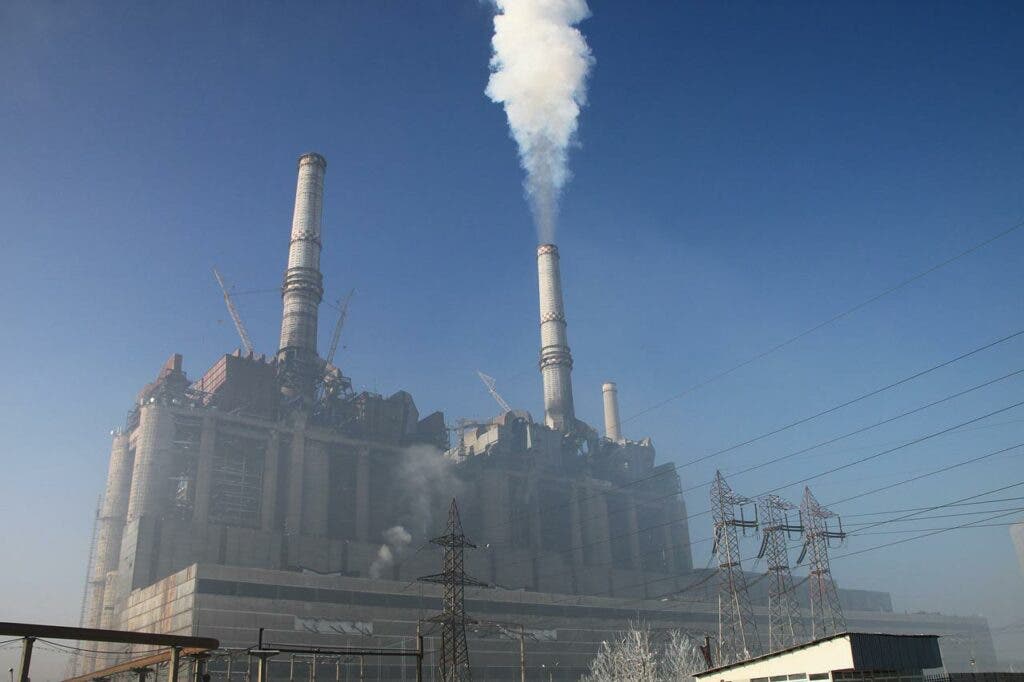Researchers at the University of Cincinnati College of Engineering and Applied Science are making significant progress in improving an electrochemical system that promises to turn emissions into profits.

Nobody likes pollution, but everybody loves profits. With that in mind, the findings published in a new paper hold great promise for our efforts to address climate change. The study reports on a cascade reaction process that can convert carbon dioxide (CO2) into carbon monoxide and then ethylene, a gaseous chemical that is used as a precursor for a wide range of polymer goods, from food packaging to tires. The findings, then, give us a profitable avenue through which to scrub harmful greenhouse gas emissions right from the source.
Cleaning for cash
“The significance of the two-stage conversion is that we can increase the ethylene selectivity and productivity at the same time with the low-cost strategy,” said UC assistant professor Jingjie Wu, who led the research. “This process can be applied to various reactions because the electrode structure is general and simple.”
The work was performed by Wu and his students at UC, in collaboration with the University of California Berkeley and the Lawrence Berkeley National Laboratory. It builds on the previous work of UC graduate Tianyu Zhang, one of the study’s co-lead authors, who has experimented with ways of converting CO2 gas into methane as a means to provide on-site fuel production capabilities for Martian exploration.
The ‘selectivity’ Wu mentions is the ability to isolate desired compounds from the rest of the material. ‘Productivity’ refers to the amount of ethylene that a reactor can produce from a given quantity of raw materials.
“We’re selectively reducing carbon emissions into something considered valuable because of its many downstream applications,” Zhang said. “In the future, we can use this technique to reduce carbon emissions and make a profit from it. So, reducing carbon emissions will not be a costly process anymore”.
There are numerous potential uses for these materials, in industries ranging from steel and cement manufacturing, the chemical industry, to oil and gas. Ethylene is, after all, informally known as “the world’s most important chemical” and used in manufacturing a wide range of goods such as plastic masses and products, textiles, or rubber. The team dubs their material “green ethylene” as it is generated from renewable sources. The end goal, they explain, is to create an economically-viable pathway through which greenhouse gas can be removed from the environment to produce useful chemicals like plastics and fuel.
“Power plants and ethylene plants emit a lot of carbon dioxide. Our goal is to capture the carbon dioxide and convert it to ethylene using electrochemical conversion,” Wu says.
The team explains that the process’s efficiency can be boosted by using tandem electrodes. They also experimented with different catalysts, finding that copper — the traditionally-used catalyst for ethylene production — isn’t the most efficient material for the role. Improving on this element can further boost the productivity and energy efficiency of the process, they explain, making the whole idea even more attractive from an economic point of view.
So far, the process requires more in energy, cost-wise, than it produces in ethylene. By using tandem electrodes, UC engineers were able to boost productivity and selectivity, both of which are key indicators toward making the process commercially attractive to industry, Wu said. That being said, the team has already applied for a patent on this technology while working on improving it.
“Our system is very general, but you can use preferred catalysts,” he explains. “But even with commercial copper we were able to more than double the performance. With an even better catalyst, we could solve the economic issue. The technology has improved a lot in 10 years. So in the next 10 years, I’m optimistic we’ll see similar advances. This is a game changer”.
The paper “Highly selective and productive reduction of carbon dioxide to multicarbon products via in situ CO management using segmented tandem electrodes” has been published in the journal Nature Catalysis.









